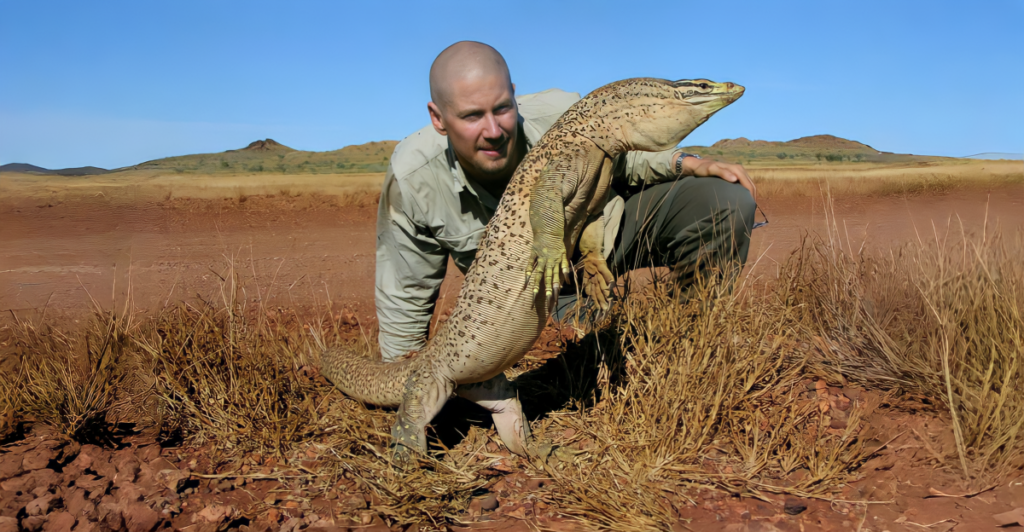
Meet the perentie (Varanus giganteus), Australia’s largest native lizard. The huge reptile is over 8 feet (2.4 meters) long and weighs over 40 pounds (18 kilograms). The apex predator plays a vital role in its ecosystem. Yet the most surprising thing about this reptilian leviathan isn’t how big it is: it’s what, and how, it preys.
Habitat and Distribution

Perenties inhabit dry areas of western and central Australia and like rocky outcrops and open woodlands. They inhabit areas west of the Great Dividing Range, and are well adapted to rough terrains and conditions.
Physical Characteristics
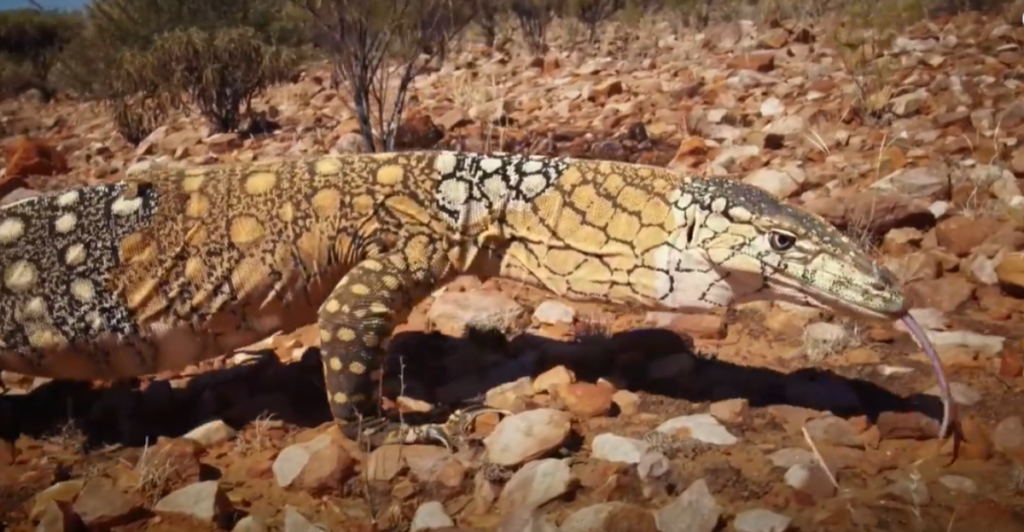
Perentie lizards are stout with brown hides and cream or yellow markings. They can camouflage and are well adapted with powerful limbs and extended claws, which makes them proficient climbers and predators.
Hunting Behavior and Diet
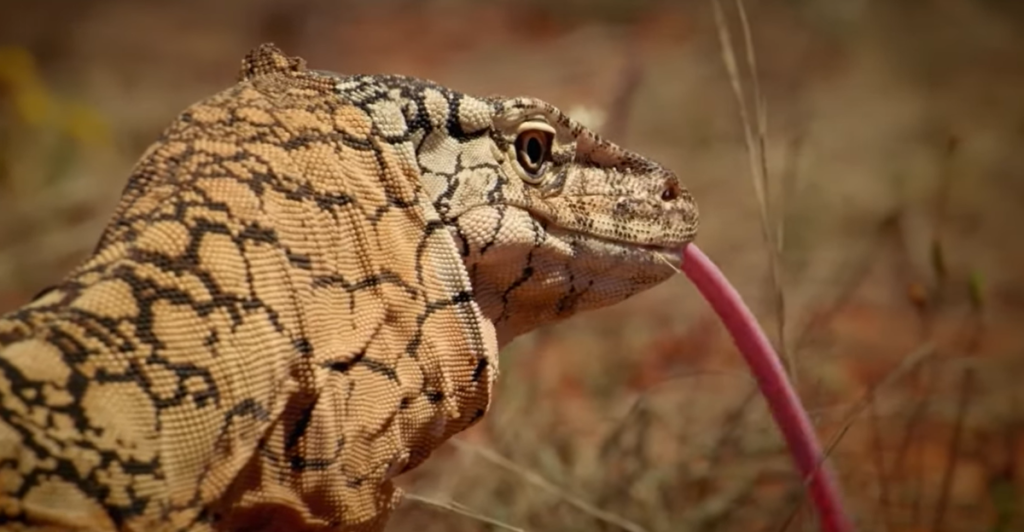
Being carnivores, perenties prey on reptiles, small mammals, birds, and carrion. They even prey on young kangaroos, portraying their strength and hunting ability. The fact that they can tear apart large prey indicates that they are one of the top carnivores on the food chain.
Special Hunting Techniques
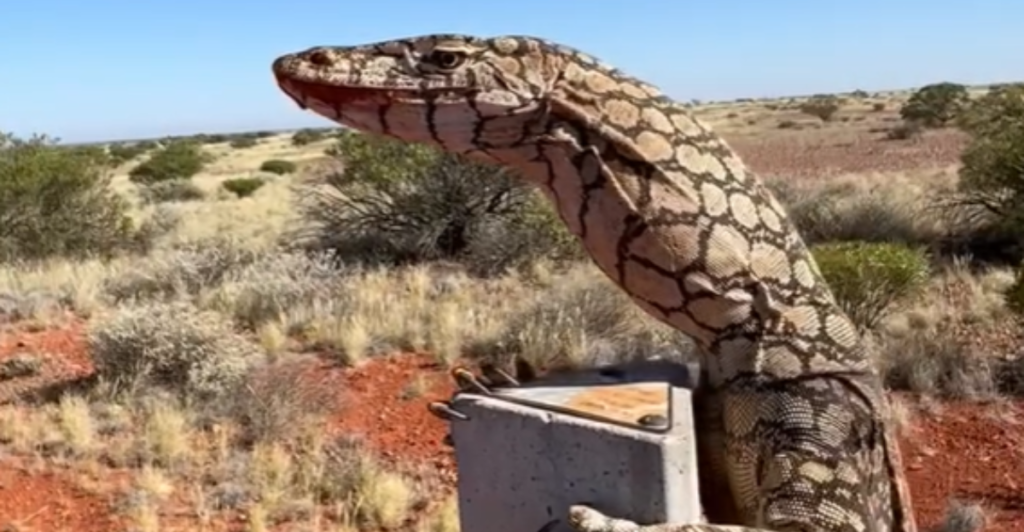
Perenties possess a unique talent: they can “tripod.” This is because they stand on their hind legs and tails to peer in all directions. This talent allows them to spot prey and predators from afar.
Lifespan and Reproduction
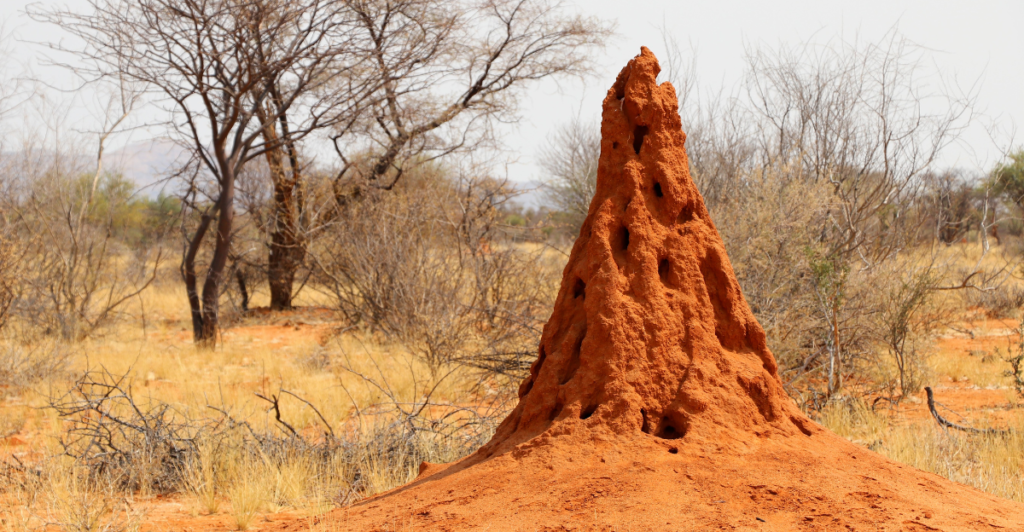
Female perenties usually lay their eggs in ground burrows or termite hills, which keeps them protected and helps them grow. While we don’t know their exact lifespan, most of these large lizards live for many years in the wild.
Communication with People
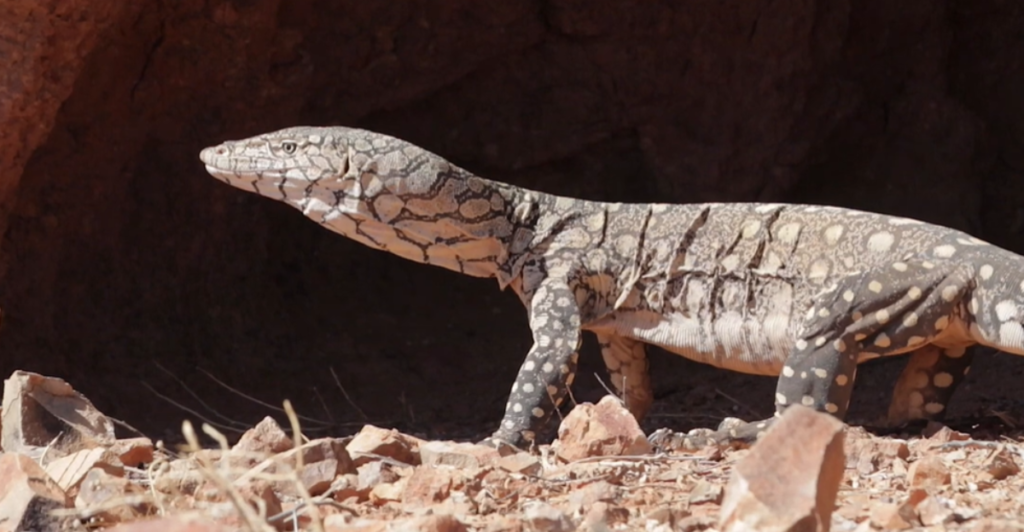
Perenties usually avoid humans and see them as a threat. So they hide away when feel threatened. When confronted however, they defend themselves with their sharp teeth, claws and strong, lethal tails.
Perentie in Culture
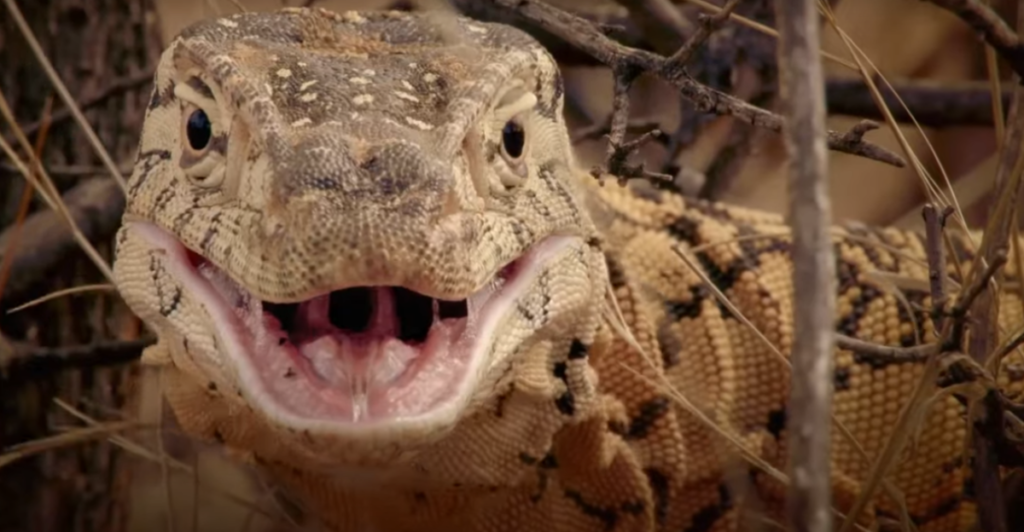
The perentie has been depicted in Aboriginal mythology and Australian folklore, appearing in myths and traditions. The animals have been of great importance and symbolism to indigenous people for centuries.
Conservation Status
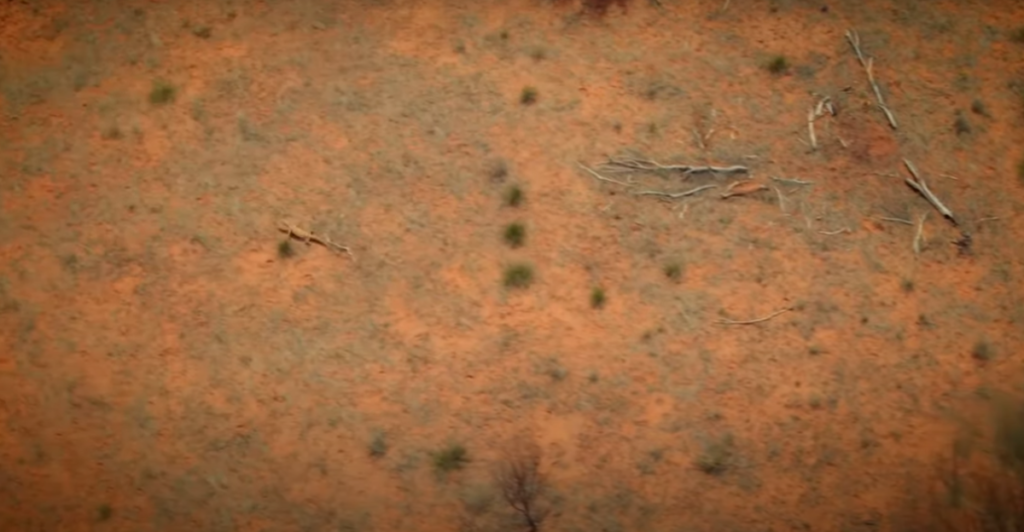
Presently, perenties are not considered endangered. The consistency of their numbers symbolizes an adaptation to their natural territories. Persistent monitoring will guarantee their sustained well-being.
Captivity and Research
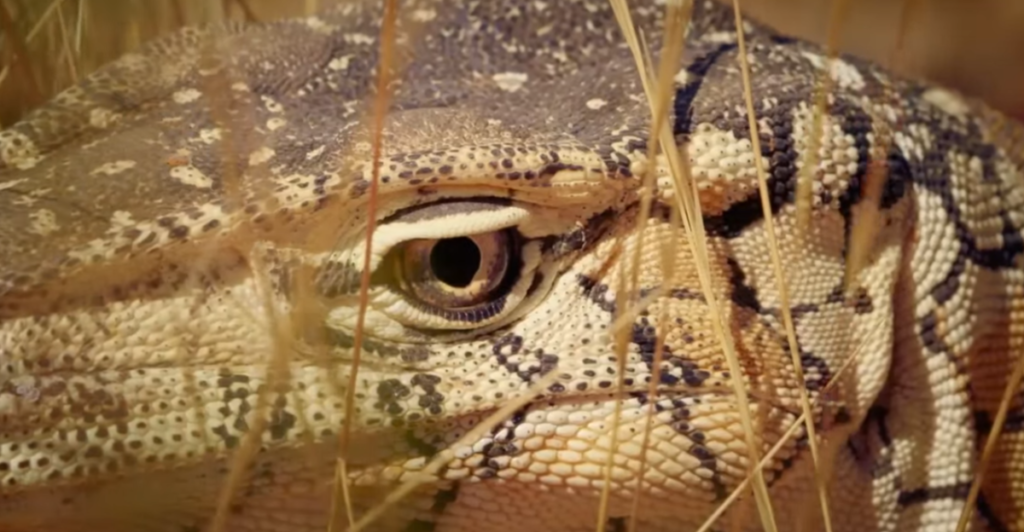
Two perentie lizards were hatched at the Los Angeles Zoo. This is a massive breakthrough for perentie lizard breeding worldwide. The success opens the door to new research and creates more public awareness about this unusual species.
Perentie vs. Other Monitors
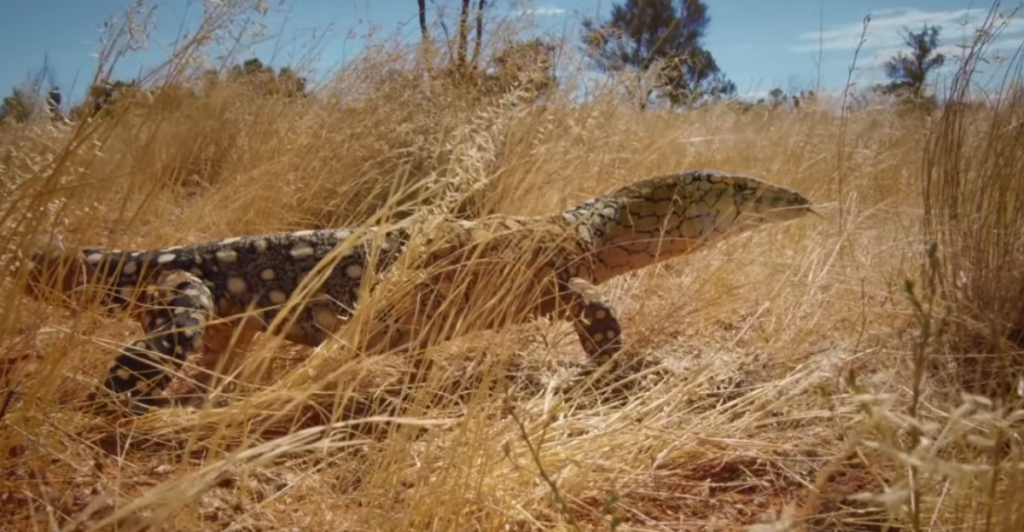
Even though the Komodo dragon is the world’s largest monitor lizard, the perentie is in the top five, a reflection of both the incredible biodiversity of Australia and the general size of Australian native reptiles.
Adaptations for Survival
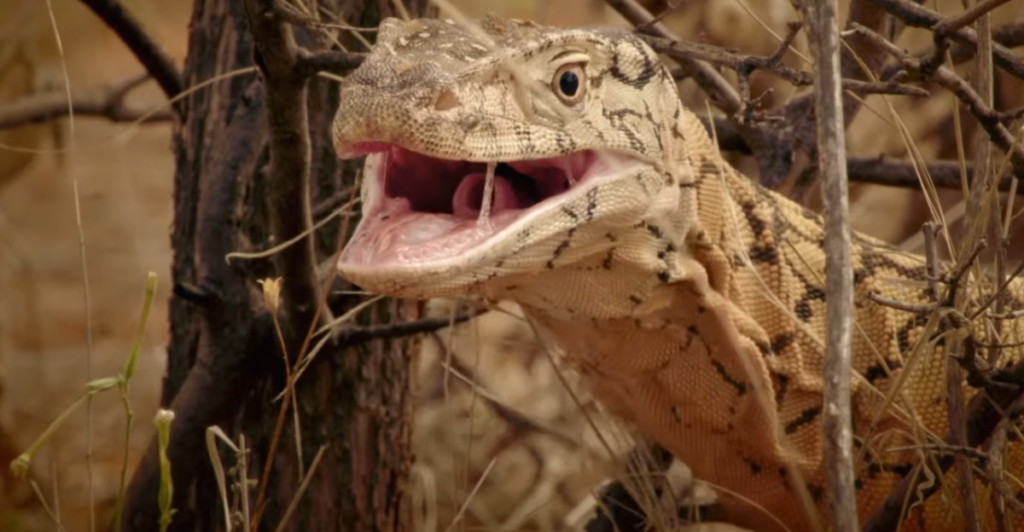
Perenties have good eyesight, keen hearing, and a keen sense of smell, which helps them sense prey and predators. Their muscularity and agility help them to be efficient predators in their desert environments.
A Symbol of Australia’s Special Wildlife
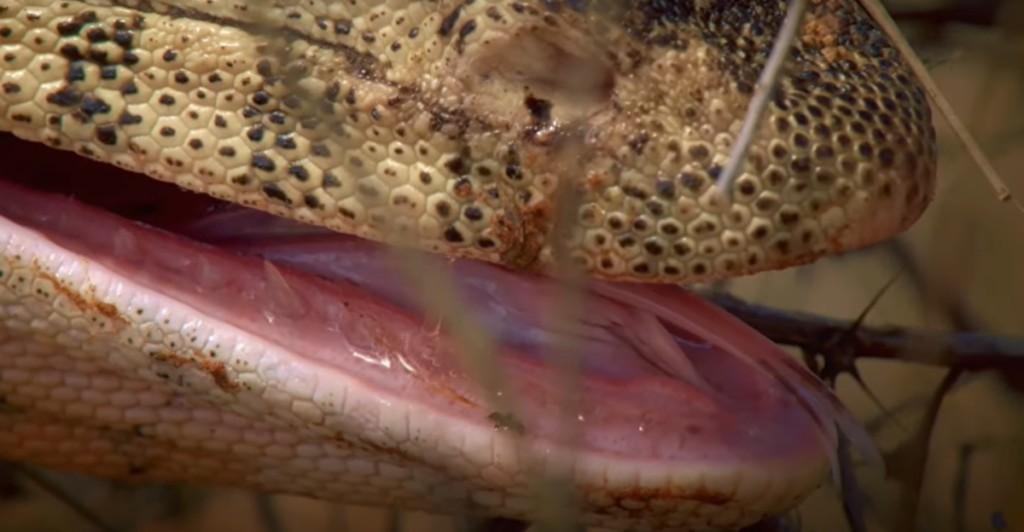
The perentie is a reflection of Australia’s unique wildlife. Its size, hunting abilities, and cultural significance fascinate international scientists and researchers.
Explore more of our trending stories and hit Follow to keep them coming to your feed!

Don’t miss out on more stories like this! Hit the Follow button at the top of this article to stay updated with the latest news. Share your thoughts in the comments—we’d love to hear from you!







